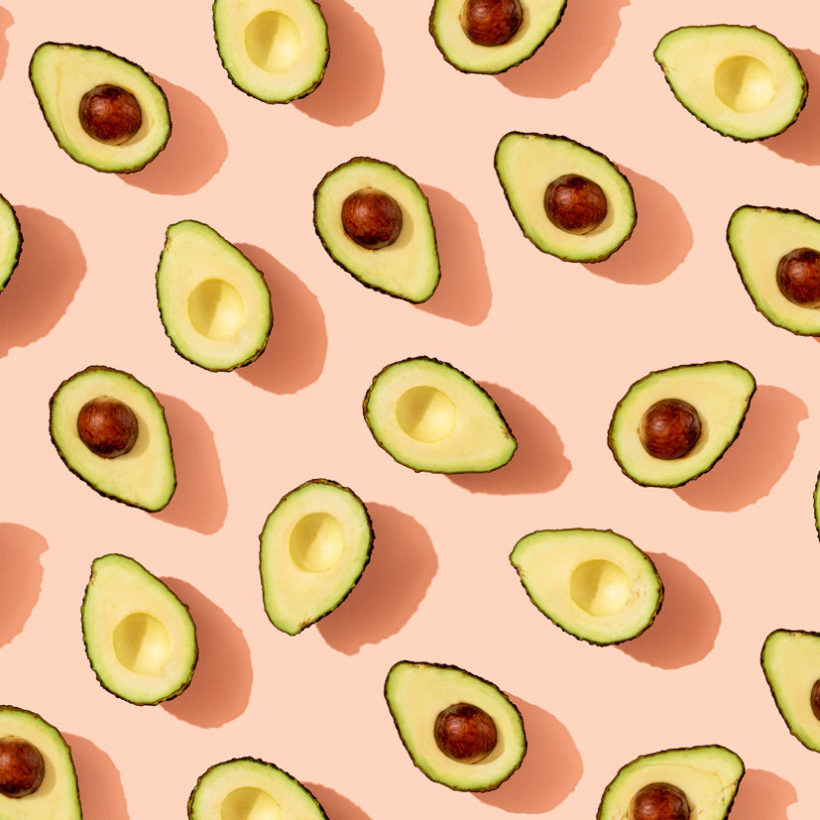Licorice is a love it or leave it candy: The black twists with their anise-like taste can spark heated debates at the movies. Licorice root, however, does not draw the same dispute. The ingredient falls squarely in the “love it” category when it comes to skincare and overall health.
The root of the Glycyrrhiza glabra plant, which is native to Europe and Asia, has been used over centuries for its medicinal health benefits. Known mainly for providing gastroenterological and upper-respiratory relief thanks to its anti-inflammatory properties, licorice root is also a widely popular ingredient in skincare.
“As [are] many things that come from nature, it’s a natural antioxidant,” says Gary Goldenberg, M.D., assistant clinical professor of dermatology at The Icahn School of Medicine at Mount Sinai Hospital. Licorice root contains flavonoids, which are plant-derived chemicals that protect plants from environmental stressors and UV radiation, making the antioxidant a protector for the skin as well. “The[y] neutralize free radicals, which are unstable molecules that can yield damage to cellular organs and structures,” says Ranella Hirsch, M.D., F.A.A.D., a board-certified dermatologist. “A free radical has an odd number of electrons and the antioxidant molecule can give it an electron creating a stable molecule.” In other words, licorice root can prevent free radicals — which can lead to aging, wrinkles and hyperpigmentation — from damaging the skin.

Perhaps its best-known quality is the natural ability to decrease hyperpigmentation and brighten the skin. Hyperpigmentation and dark spots are caused by an increase in melanin thanks to the enzyme called tyrosinase. Glabridin, a chemical compound found in the root, works to lighten dark spots by inhibiting tyrosinase and stopping melanin production. “As an antioxidant molecule, [glabridin] targets the free radicals that are a byproduct of metabolism and factors such as the sun,” says Hirsch. Licorice root also produces liquiritin, which contributes to its lightening qualities. Over time, liquiritin may help overall skin tone and clarity as it breaks up melanin.
Ideal for those with oily or acne-prone skin, licorice root also produces licochalcone. This helps to “regulate the production of oil,” says Hirsch. For those with sensitive skin, glabridin can also help soothe. “Glabridin … specifically has anti-inflammatory properties and can help with eczema and psoriasis, as well as improve inflammation in acne and rosacea,” says Goldenberg.
Always consult a dermatologist if you are planning on introducing a new ingredient into your skincare routine. The best form is “the kind that suits best the individual patient’s needs and skin concerns,” says Hirsch. If ingesting the ingredient, the National Institute of Health says that doing so in large amounts for an extended period of time could lead to high blood pressure and low potassium, and pregnant women should avoid the supplement altogether.
And if you happen to love black licorice candy, most candy manufactured today in the U.S. uses anise oil instead of pure licorice root — and red licorice rarely contains the root.







